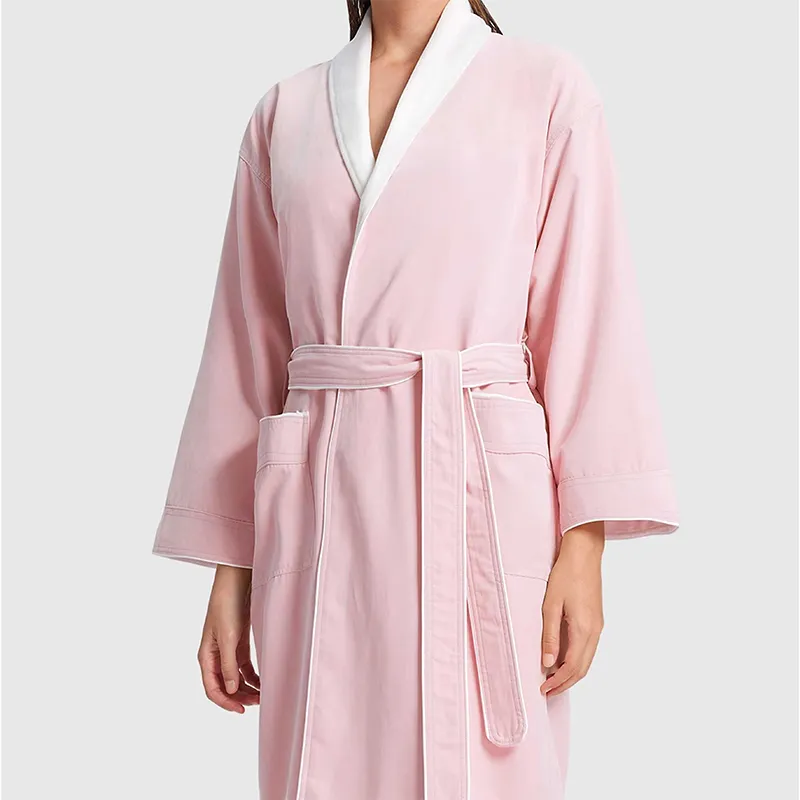hollow fiber vs microfiber pillow
Hollow Fiber vs Microfiber Pillows Which is Right for You?
When it comes to choosing the perfect pillow for a good night's sleep, two popular options are hollow fiber and microfiber pillows. Both types have their unique features, benefits, and drawbacks, making the decision somewhat challenging. To help you choose the right pillow for your needs, we’ll explore the differences, advantages, and considerations of each type.
Hollow Fiber Pillows
Hollow fiber pillows are filled with synthetic fibers that mimic the feel of natural materials like down. The fibers are typically crimped, which gives them a fluffy texture and enhances their ability to retain shape and provide support. One of the primary advantages of hollow fiber pillows is their affordability. They are generally cheaper than many other pillow types while still offering considerable comfort.
Hollow fiber pillows are also known for their hypoallergenic qualities, making them a great choice for allergy sufferers. They resist dust mites and other allergens, which can help ensure a healthier sleeping environment. Maintenance is another plus; these pillows are often machine washable and can be tumble-dried, making them easy to care for.
However, some users find that hollow fiber pillows can flatten out over time, which may require frequent replacement. Additionally, while they can mimic the softness of down, they may not offer the same level of luxurious comfort for those who prefer a more plush feel.
hollow fiber vs microfiber pillow

Microfiber Pillows
Microfiber pillows are filled with ultra-fine synthetic fibers that provide a soft and down-like feel. This type of pillow is highly customizable in terms of firmness and loft, as different densities of microfiber can be used in their construction. Many people appreciate the luxurious comfort of microfiber pillows, and they often provide excellent support for the neck and head.
Another significant advantage of microfiber pillows is their breathability. The fine fibers allow for good air circulation, helping to regulate temperature throughout the night. This feature is especially appealing for individuals who tend to sleep hot.
On the downside, microfiber pillows can be more expensive than hollow fiber alternatives, depending on the brand and quality. While they generally offer comfort and support, some users report that microfiber pillows may not hold their shape as well over time compared to more traditional materials like memory foam or latex.
Conclusion
Ultimately, the choice between hollow fiber and microfiber pillows comes down to personal preference. If you’re looking for an affordable, hypoallergenic option that is easy to maintain, a hollow fiber pillow might be your best bet. However, if you prefer a softer, more luxurious feel and don’t mind spending a bit more, a microfiber pillow may be the perfect choice. Consider your sleep position, any allergies you may have, and how much maintenance you’re willing to do when making your decision. A good pillow can significantly enhance your sleep quality, so choose wisely!
-
Creating a Spa Day with Plush Waffle Bath RobesNewsAug.14, 2025
-
How to Cut Linen Maintenance Costs by 30% with Proper Polycotton IroningNewsAug.11, 2025
-
Elevating Comfort and Quality with the Right Bed LinenNewsJul.07, 2025
-
Bedding Essentials: From Percale Sheets to White Quilts, Finding Your Perfect Sleep HavenNewsJul.07, 2025
-
Choosing the Right Bedding for a Comfortable and Stylish BedroomNewsJul.07, 2025
-
Understanding the Diverse World of Towel TypesNewsMay.29, 2025
-
The Ultimate Comfort: Discover the Benefits of Polycotton SheetsNewsMay.29, 2025






